As the days get longer and the weather gets warmer, our gardens come to life with the emergence of beautiful flowers. Although tulips, daffodils, and crocuses are popular options for spring gardens, if you want a more natural and untamed appearance, consider experimenting with native spring ephemerals.

Spring ephemerals refer to early spring plants that are native to woodland areas with rich and moist soil. These plants emerge early and provide an important source of nectar and pollen for pollinators and other beneficial insects. Despite their short-lived flowers and fading foliage in warmer temperatures, their roots continue to grow beneath the soil, ensuring reblooming in the next spring. This guide highlights 21 of our favorite early-blooming spring ephemerals that are both stunning and require less maintenance than non-native ornamentals. Conscious gardening by planting these dainty flowers can contribute to a healthier ecosystem.
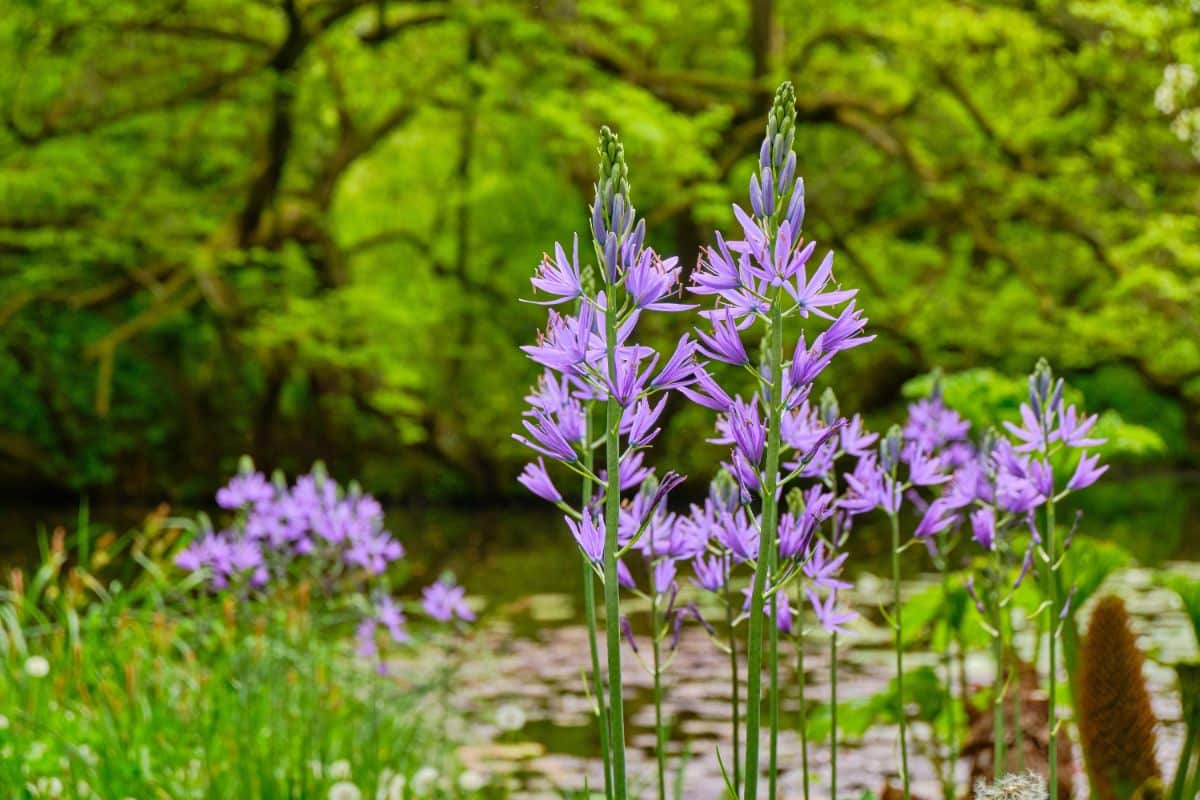
If you’re eagerly anticipating the arrival of spring and all the new growth and vibrant color it brings, why not consider adding some early-blooming plants to your garden? Spring ephemerals are a great choice for those who want to enjoy a burst of color before other plants have started to bloom. Here are a few of our favorite spring ephemerals that you might want to consider for your own garden. You can find many of these plants at your local garden center, or you can order them online from various plant nurseries. Websites that specialize in native plants, wildflowers, and medicinal herbs are often excellent sources for spring ephemerals. One of our top picks is bloodroot (Sanguinaria canadensis).
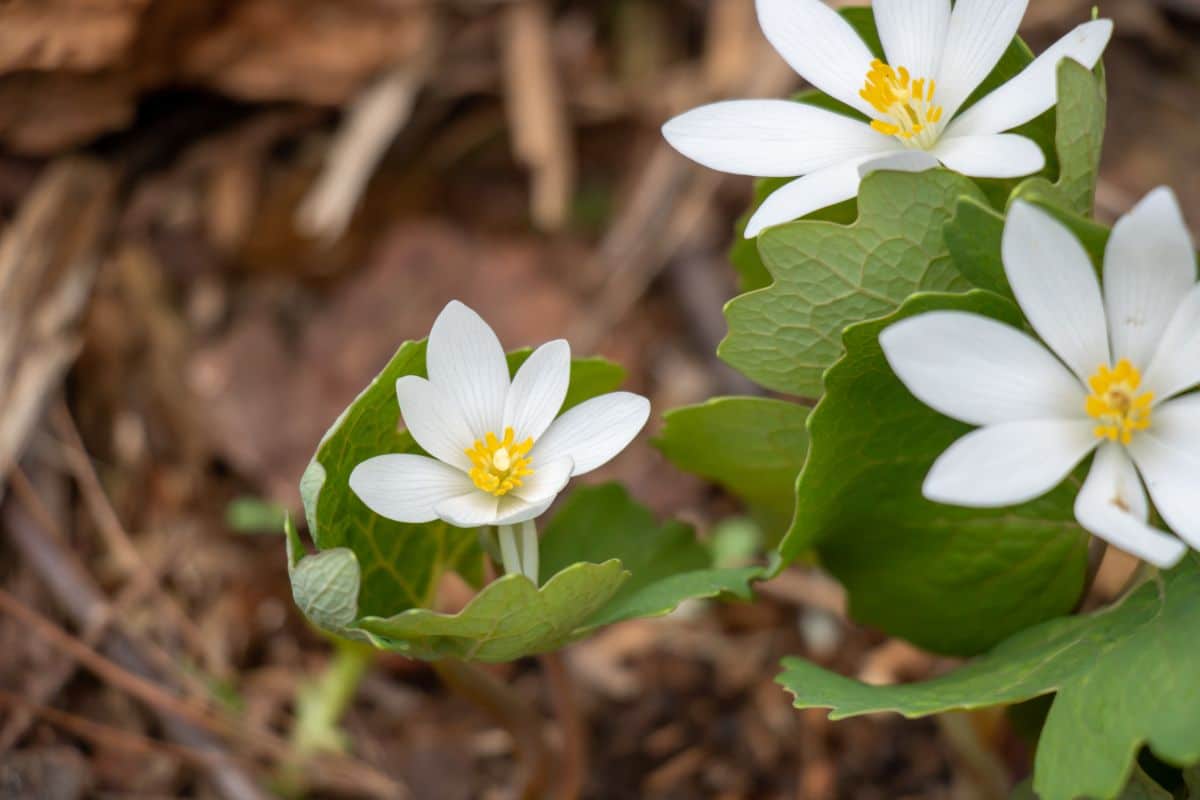
If you’re looking for an easy-to-find ephemeral plant, consider the bloodroot. This plant is quite popular and can often be purchased at local nurseries that specialize in native wildflowers. Bloodroot is a beautiful plant that features lobed leaves and delicate white flowers, and it thrives in shady environments. It’s important to note that the plant has dark red sap that was once used as a natural dye by Native Americans. Crafters still use it as a dye today, but it’s essential to wear gloves while handling the plant to avoid skin rashes or burns.
Another ephemeral plant to consider is the celandine poppy, also known as Stylophorum diphyllum. This plant is native to the eastern United States and is easy to grow in zones 4 to 8. It prefers partial to full shade and moist soil. The celandine poppy produces bright yellow flowers that bloom in the spring and summer. The plant is easy to care for and adds a pop of color to any garden or landscape.
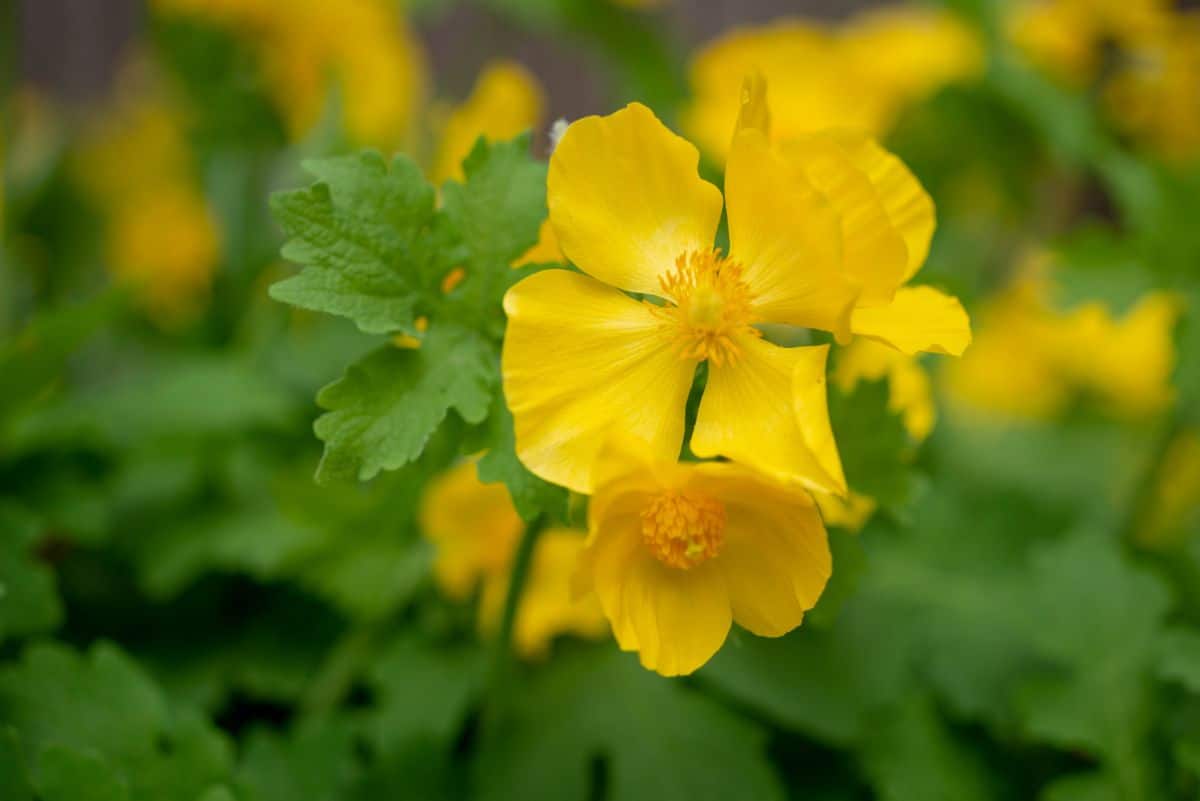
The Celandine poppy is a beautiful plant that loves moisture and shady spots. These plants are also known as little rays of sunshine in the garden due to their bright yellow blooms that resemble buttercups. They are easy to grow and prefer moist soil with partial shade. If you’re a beginner gardener, celandine poppies are a great option as they are one of the easiest ephemerals to grow from seed and self-sow readily. Native Americans also used them to produce natural dyes. You can purchase celandine poppies from American Meadows. Another great option for a moisture-loving plant is the Marsh marigold (Caltha palustris).
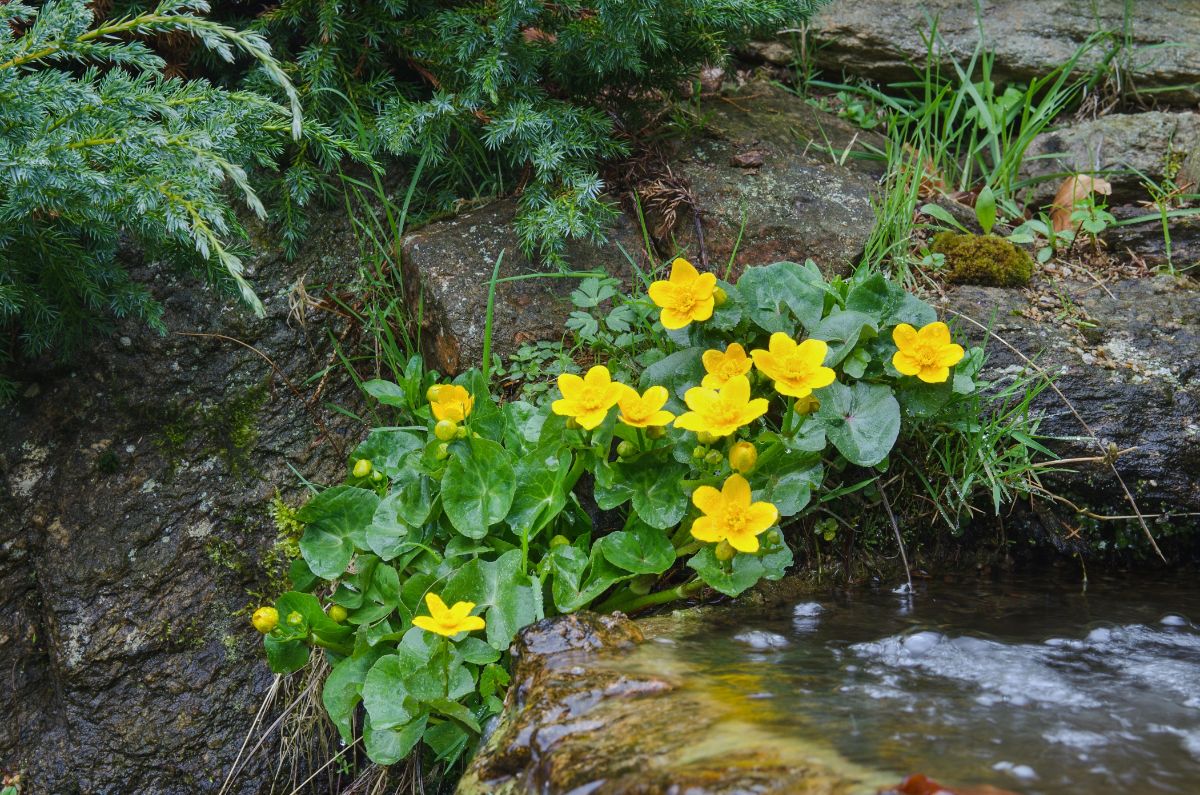
If you’re looking for a great plant to add to your wet area or water garden, consider marsh marigolds. These plants thrive in moist soil and can be planted in up to 6 inches of water. They require full sun to part shade and are ideal for growing in zones 3 to 7. You can easily purchase them on Amazon. Marsh marigolds have a resemblance to celandine poppies, but are typically found in boggy areas. They make a perfect addition to any water garden or backyard pond. Once you plant them, they don’t require much maintenance, just make sure they don’t dry out and provide them with some extra shade if you reside in a hot location. So, if you’re into gardening, try out marsh marigolds and enjoy their beauty in your water garden.

If you’re looking for a unique and eye-catching addition to your garden, consider planting the pasqueflower. With its fuzzy stems and vibrant purple blooms, this plant is sure to draw attention. Pasqueflowers prefer full sun to part shade and moderate watering, making them a low-maintenance option for your garden. They grow best in zones 3 to 9 and can be purchased from a variety of retailers. To ensure successful blooming, avoid over-fertilizing and be sure not to disturb the roots once they’re planted. By following these tips, you’ll have a beautiful and healthy pasqueflower to enjoy year after year.
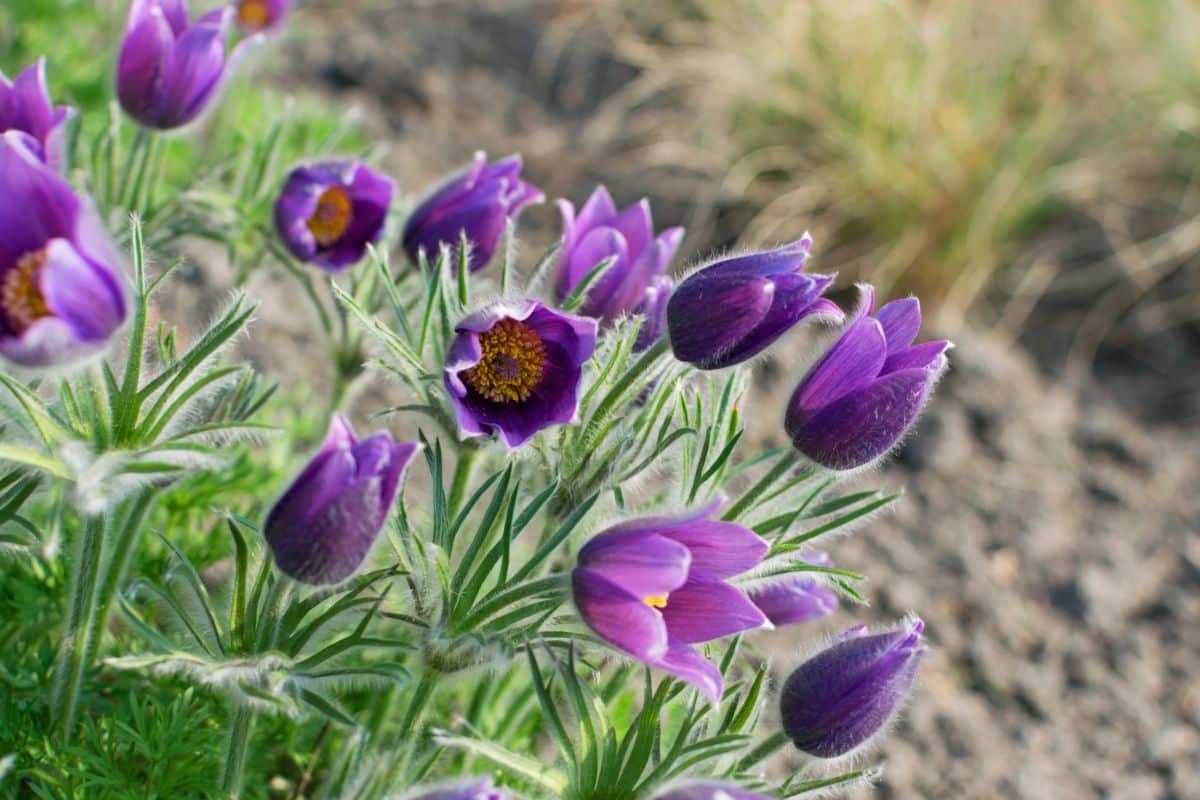
The Pasqueflower is a plant with a distinct and mystical aura due to its fuzzy exterior. It requires full sun and moderate watering, and grows best in zones 4 to 8. You can purchase this charming ephemeral on Amazon. The name “Pasque” comes from the old French word for Easter, which is when these beautiful flowers bloom alongside crocuses. Their purple petals and fuzzy leaves make them a unique and whimsical addition to any spring garden. Bees love Pasqueflowers since they bloom earlier than most other plants. To ensure their happiness, it’s important to provide well-draining soil as they are vulnerable to root rot in damp areas. If you’re keen on trying out these beautiful plants, it’s best to grow them from started plants rather than seeds, which can be tricky to germinate. Another great choice for a unique and beautiful spring flower is the Virginia bluebell, also known as Mertensia virginica.
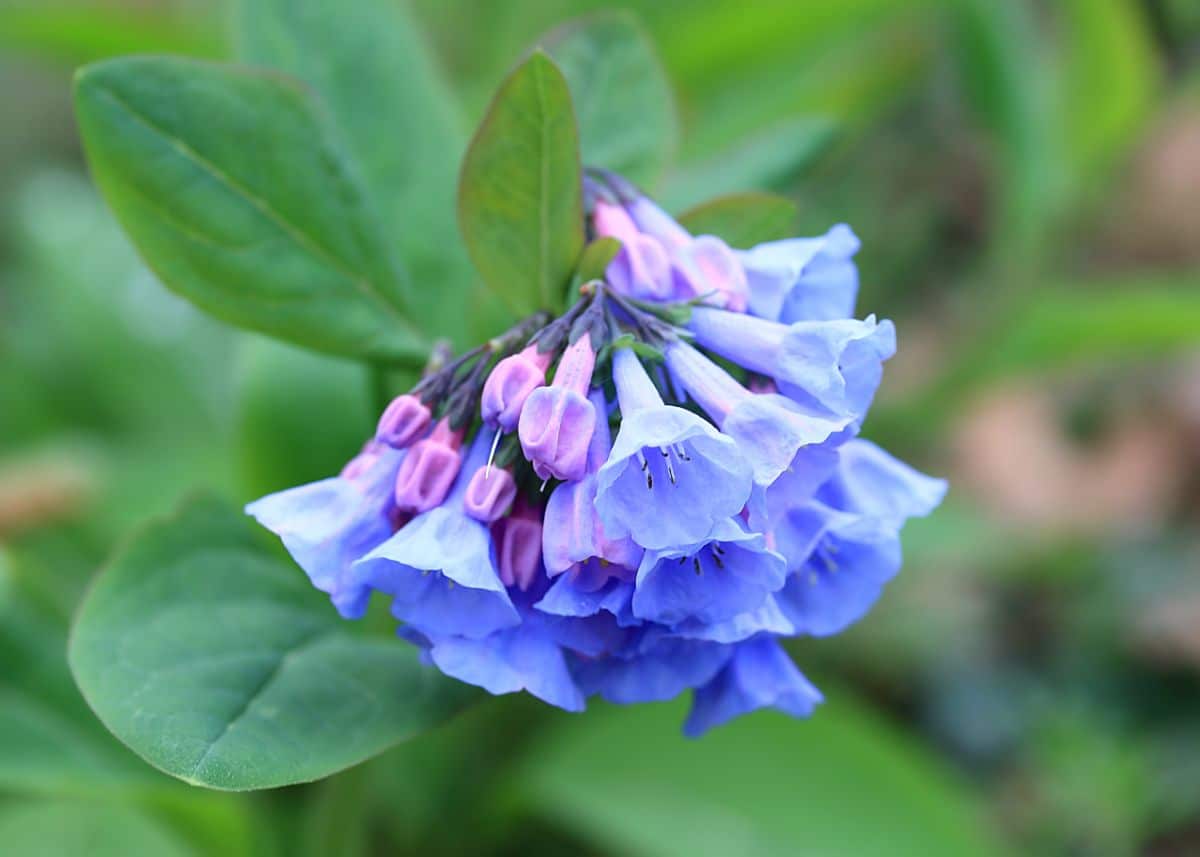
The Virginia bluebells are an excellent choice for garden enthusiasts who are looking for a stunning centerpiece. This type of plant is known as the tallest of all spring ephemerals, and it requires shade and moderate watering to grow. These lovely flowers can thrive in zones 3 to 8, and they are available for purchase at American Meadows. The Virginia bluebells can grow up to 2 feet tall, making them perfect for the center of garden beds or containers. They are easy to grow, making them ideal for beginners, and they self-sow quickly. These plants are related to borage, and their pink and blue flowers make them look fantastic in clumps of three or more. Pollinators will be attracted to the clusters, making these plants even more beautiful. Once the flowers and leaves fade back into the soil, mulch can be spread over the plants to improve their appearance. Another great option for your garden is the Trillium plant.
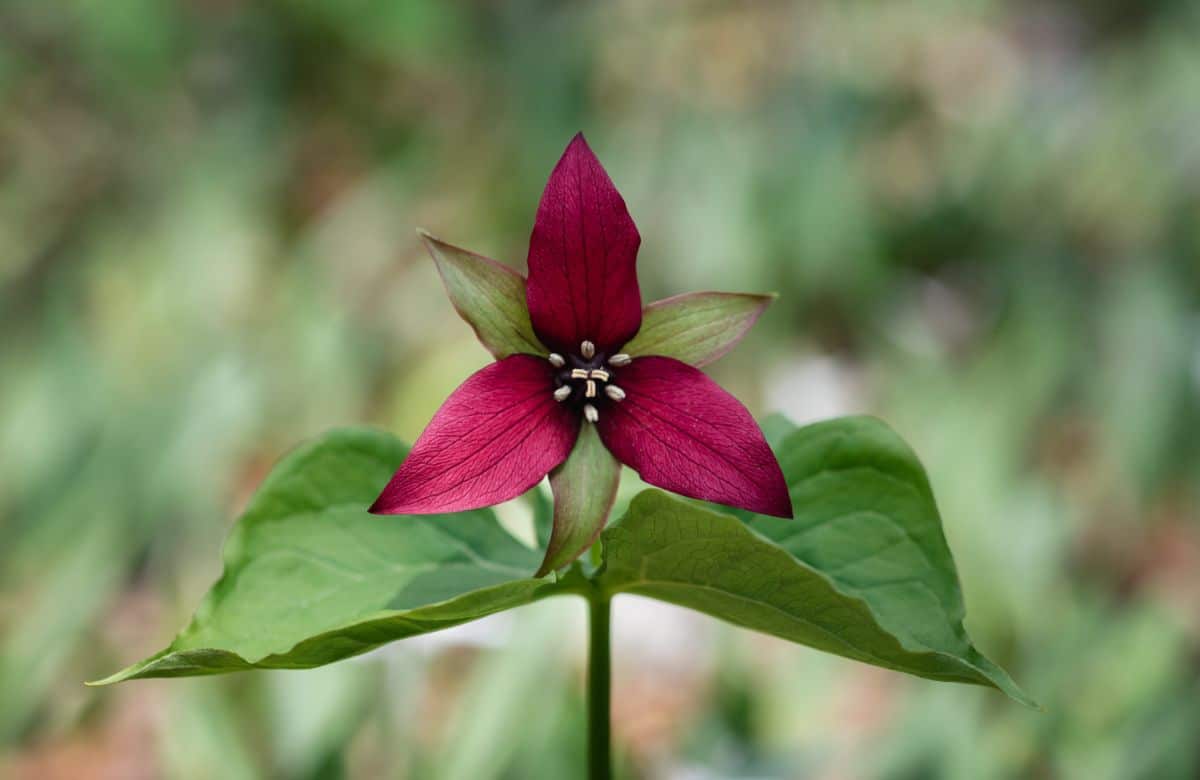
Trillium is a plant that requires dedication, but the payoff is definitely worth the time invested. This particular plant is named after its three large petals that are well-formed and come in various colors, with white and purplish-red being the most common. Trilliums are often found in colonies in wooded areas and prefer shady spots with rich, well-draining soil. However, they can take up to seven years to flower, making patience a virtue when it comes to caring for them. It’s also important to ensure that the trilliums you purchase are from a reputable supplier, as wild trillium plants are often overharvested, which can damage both the plants and the ecosystem around them. Instead of using a lot of fertilizer, it’s better to opt for cultivated trillium varieties. Moreover, yellow fritillary (Fritillaria pudica) is another beautiful plant that can add a pop of color to your garden.

The yellow fritillary is a beloved flower by bees, but it requires specific growing conditions. This hardy plant can brave the snow in early spring, but it can be challenging to grow if you don’t replicate its natural grassland habitat. Yellow fritillaries prefer full sun to partial shade and need well-draining soil that’s rich in nutrients. If your soil quality is poor, consider adding compost, sand or perlite as a supplement. These vibrant flowers bloom in yellow and orange hues and are a top choice for pollinators. You can purchase yellow fritillaries on Amazon. Another impressive ephemeral is the mayapple, also known as Podophyllum peltatum.
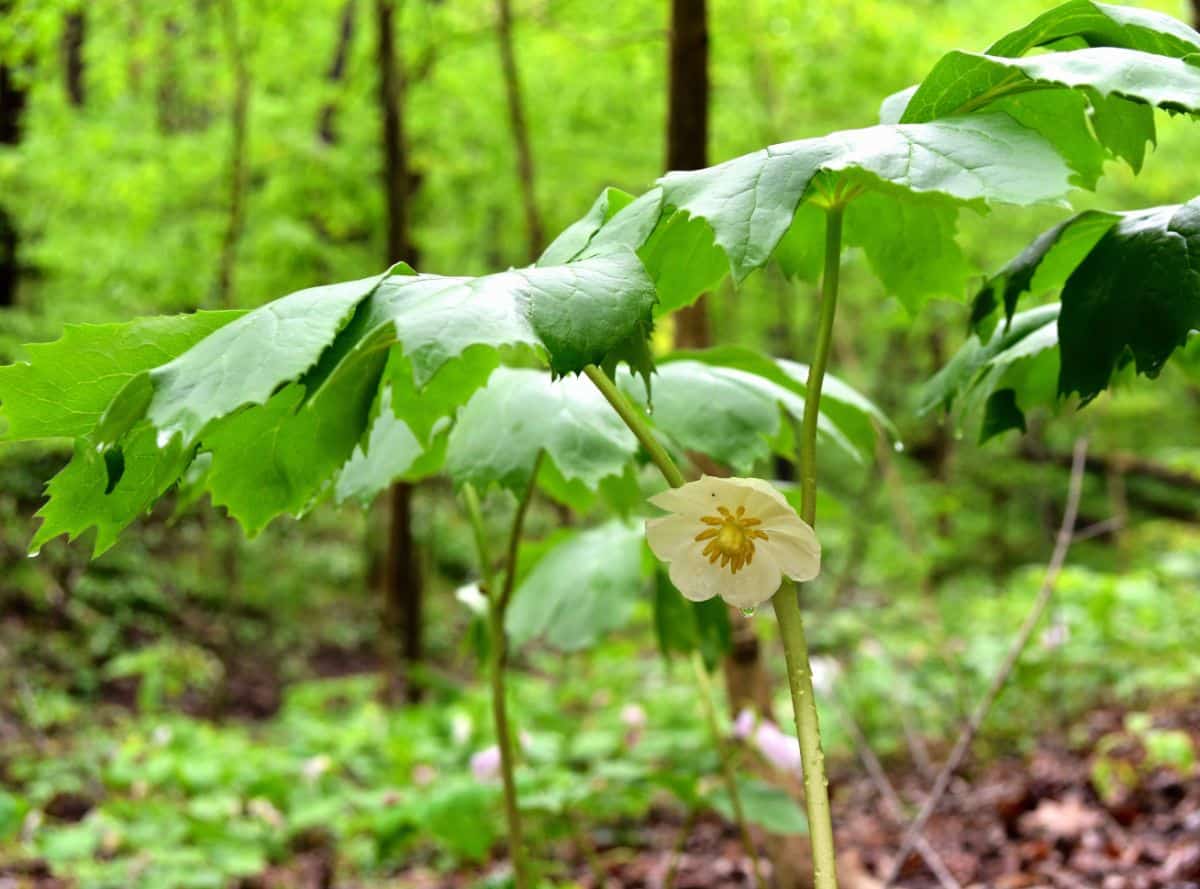
The Mayapple is a plant that blooms for an incredibly long time during the spring ephemerals. These plants require shade and moderate to high levels of water, and grow best in Zones 3 to 8. You can purchase Mayapples from American Meadows. Also known as American mandrakes, Mayapples are iconic plants due to their umbrella-shaped lobed leaves and beautiful white flowers. Although they are classified as spring ephemerals, they have a longer growing season than other plants on this list. In moist and shaded areas, Mayapples may not die back until late summer, but in hotter areas, they fade earlier. They form colonies and spread via rhizomes and seeds, making them excellent groundcovers that can be planted in wooded lots or under trees in shadier areas.

Sundial lupines are a great choice for those who want their gardens to have continuous blooming of flowers. They bloom later than most spring ephemerals, which makes them stand out. These plants require full sun to part shade and low water. Sundial lupines grow best in Zones 4 to 8. You can purchase them from Botanical Interests or Wild Seed Project.
Though they are sometimes called “summer ephemerals,” sundial lupines tend to flower later than other ephemerals and fade out by mid-summer. These plants produce beautiful lavender-colored flowers that grow on tall spikes. When planted in large numbers, they create a vibrant display. Lupines’ whorled leaves add texture and color to garden beds, making them even more appealing.
Lupines are not just ornamental plants; they belong to the legume family and fix nitrogen in the soil, improving it over time. They are also rich in nectar, making them attractive to butterflies and hummingbirds.
Another great option for those looking for unique flowering plants is squirrel corn (Dicentra canadensis).
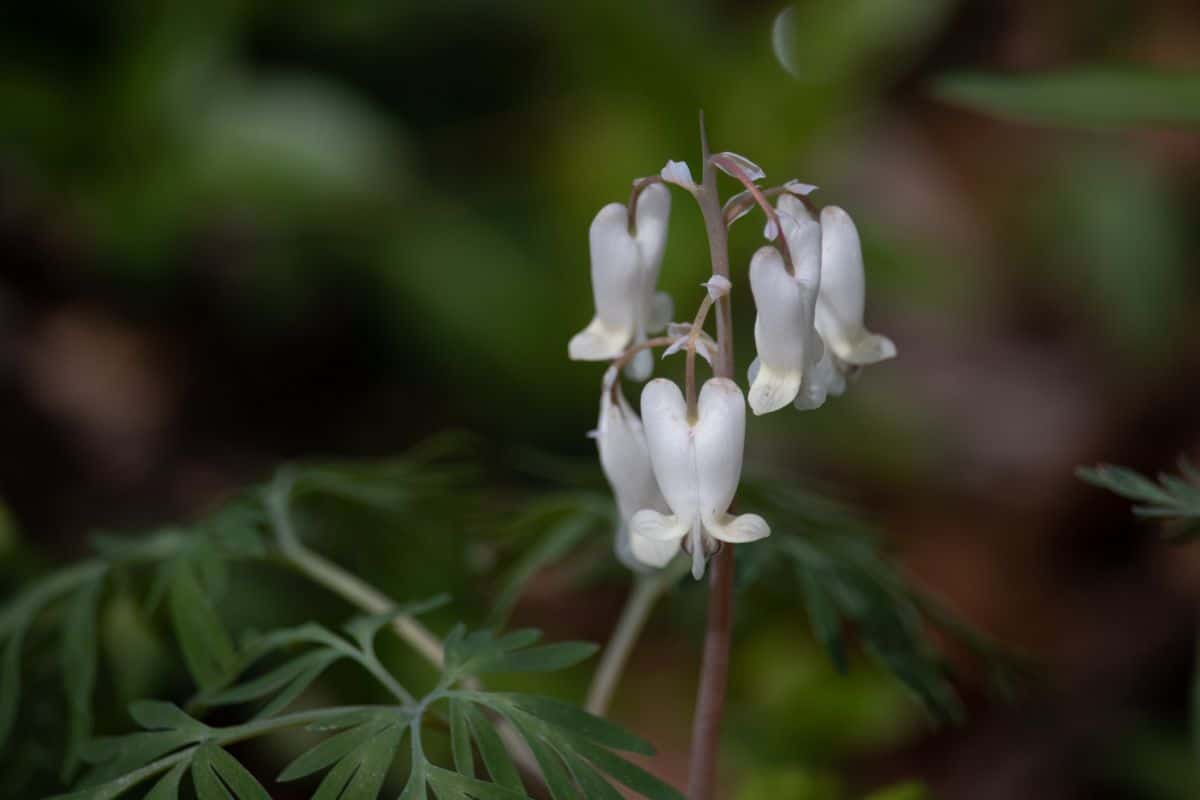
The plant known as squirrel corn is named after its root system and is a beautiful spring ephemeral that thrives in shaded areas with high water requirements. It grows in zones 3 to 7 and can be purchased at the Carnivorous Plant Nursery. Despite its funny name, it is a charming addition to any garden. The plant’s yellow tubers, which resemble corn, are a popular food source for squirrels, so protecting them with a bulb cage or chicken wire might be necessary. Squirrel corn is a close relative of bleeding hearts and shares their lacy, fern-like leaves and heart-shaped blooms. However, it stays small, rarely exceeding 12 inches in height. While its flowers are typically pale, pinkish-white, they may sometimes have a lavender tint. Another great plant for garden enthusiasts to consider is hepatica.
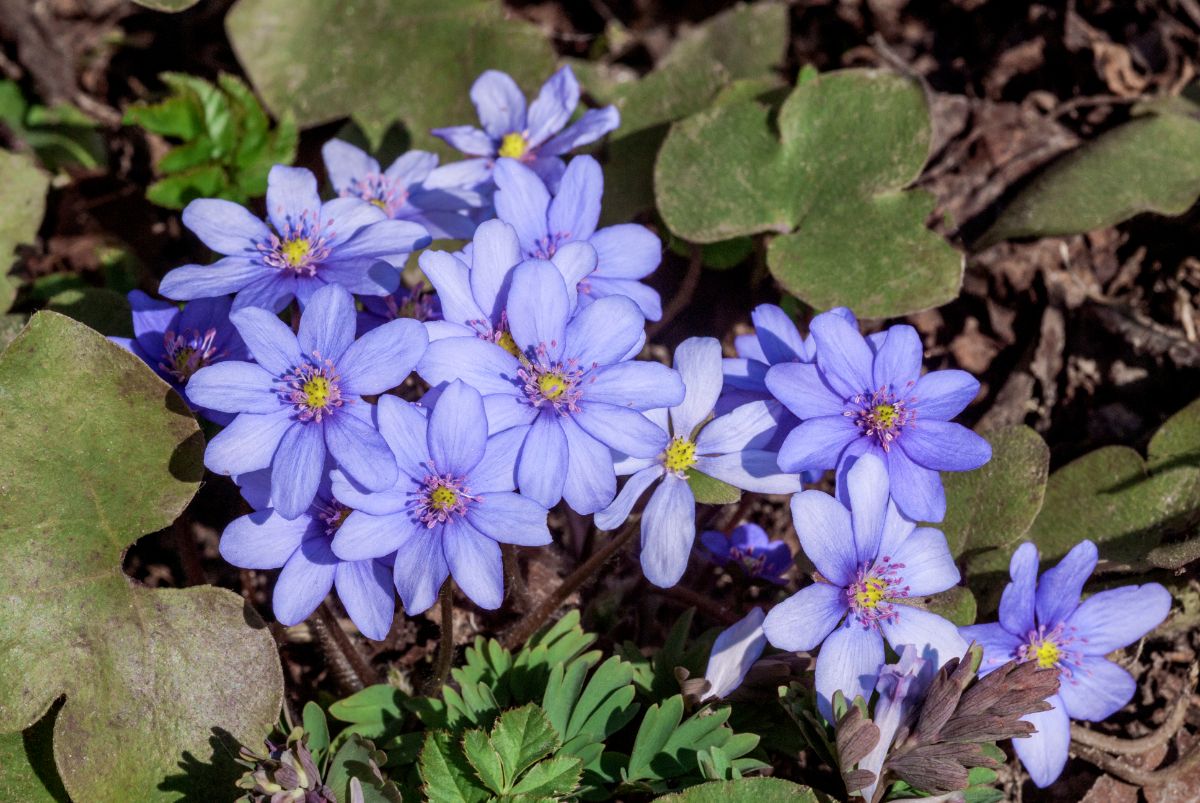
If you’re out in nature and hoping to spot some interesting flora, keep an eye out for hepatica. Found in regions where hickory or maple trees grow, this plant requires high levels of water and prefers shady conditions. Hepatica is native to eastern North America and is known for its cheerful emergence from the leaf-covered woodland floor in early spring. With pretty purple flowers that bloom in March and April, it’s a delicate plant that can be weighed down by heavy rain. For best results, it should be planted in a sheltered area with partial shade. The leaves of the hepatica are distinctively lobed and resemble a liver, which is why it was once used as a folk remedy for liver ailments. Today, it’s mostly kept as an ornamental plant and looks particularly striking when paired with other ephemerals like trillium and rue anemone. Another interesting plant to look out for is the wild hyacinth (Camassia scilloides), which can add a touch of beauty to any landscape.
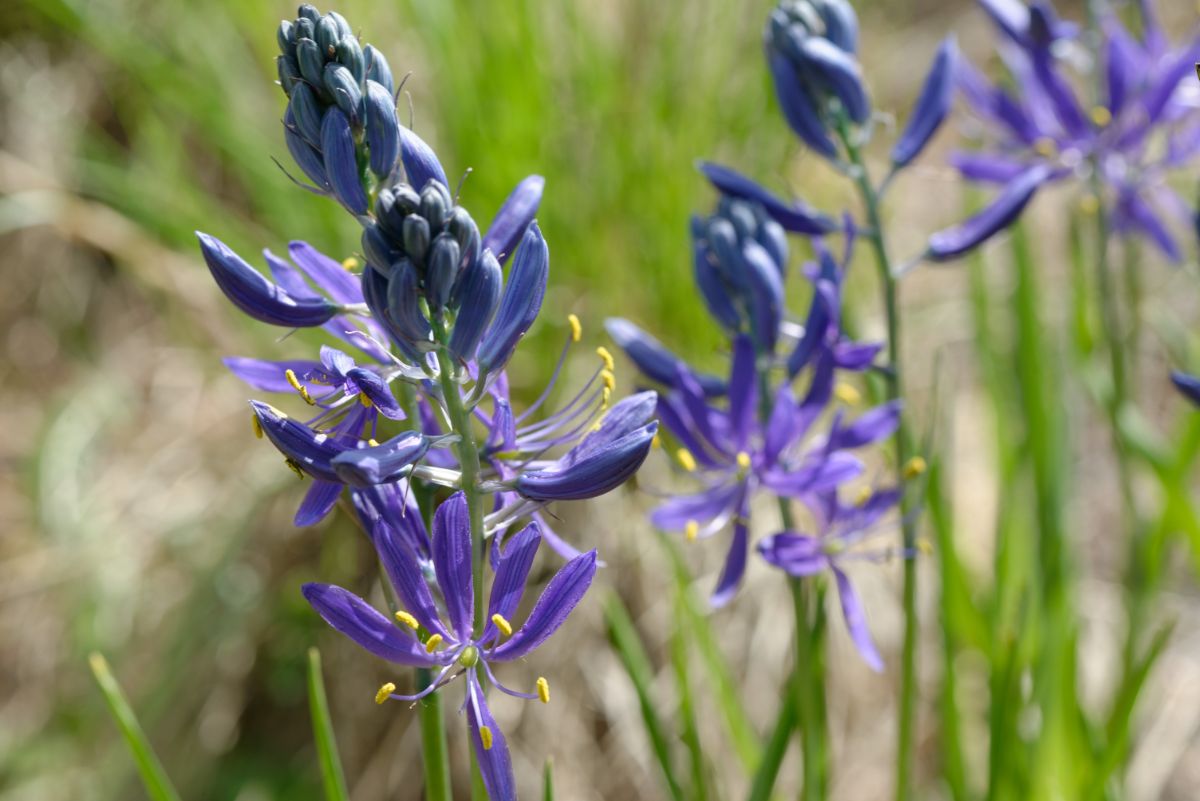
Looking for a stunning addition to your pollinator garden? Look no further than the wild hyacinth! With its tall spikes of delicate blue to white flowers, this plant is sure to impress. Not only does it add beauty to your outdoor space, but it also provides a rich source of nectar and pollen for local bees and butterflies.
While some Native American tribes used wild hyacinth as a food source, it’s important to note that this plant has dangerous lookalikes. Foraging should only be attempted with the guidance of an expert.
Wild hyacinth grows best in slightly acidic soils and enjoys full sun, but it can also tolerate some shade. To get started, try planting bulbs from Holland Bulb Farms. As the plant matures, it will produce offsets that can be separated and replanted in other areas of your garden.
Don’t miss out on the magic of the wild hyacinth – give it a try in your garden today!

Ramps are a popular ingredient in cooking, but it’s important to be mindful of not over-harvesting wild ramp patches, or else they might disappear. These plants love shade and require high levels of water to thrive, making them suitable for growing in Zones 3 to 7. You can easily purchase ramp seeds on Amazon and grow them in your backyard. Ramps are closely related to onions and garlic, and they have a unique flavor that combines both. They taste fantastic in homemade pesto! As an ephemeral plant, ramps typically emerge from the soil in the early spring and disappear by mid-May. To cultivate ramps at home, try to recreate their natural environment by planting them under deciduous trees with moist and nutrient-rich soil and dappled sunlight. If you’re looking to expand your home garden, consider the Rue anemone (Thalictrum thalictroides) as well.
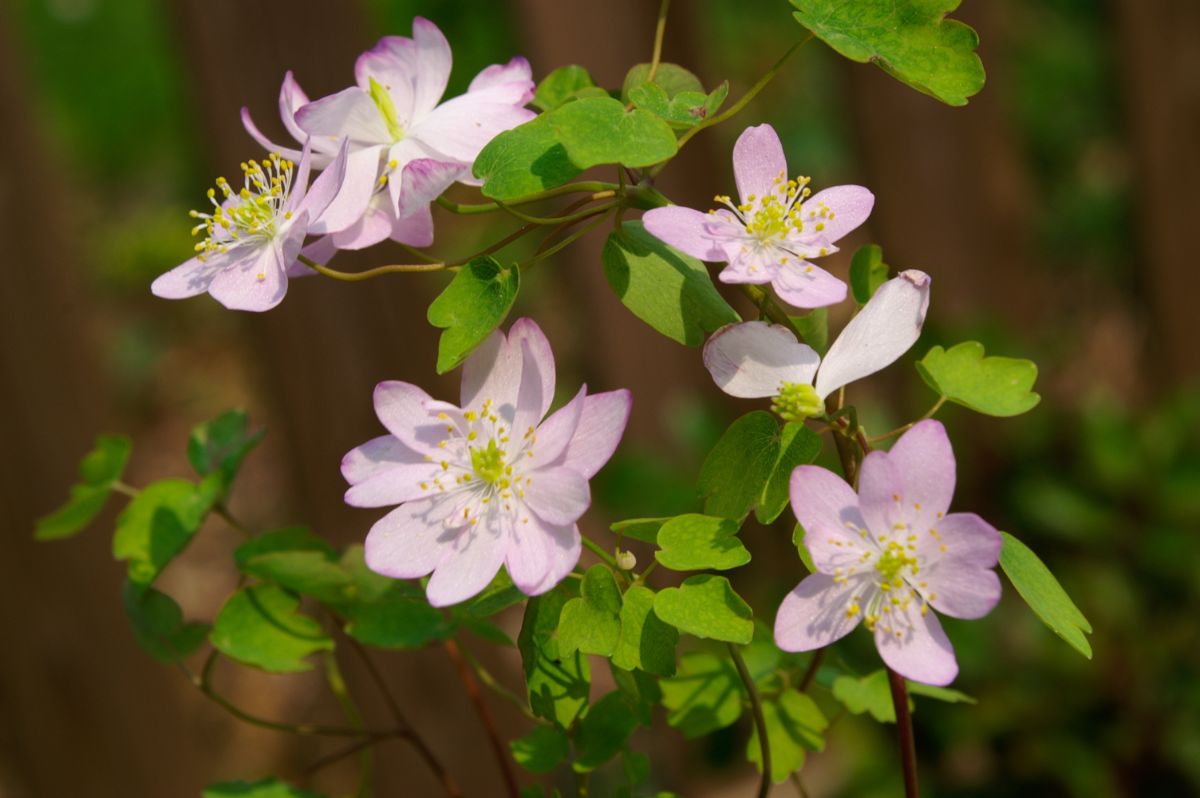
The rue anemone may be small in stature, but it packs a powerful punch. It goes by the name rue anemone and is a shade-loving plant that needs moderate watering. This plant thrives in growing zones 4 to 8 and can be purchased from Prairie Moon Nursery. Don’t be fooled by its size – the rue anemone has airy foliage and comes in pale pink or white flowers that are sure to impress. Though slow-growing, once established, these plants require very little maintenance. Rue anemone rarely grows taller than six inches, but they look stunning when planted together in groups. They also complement other ephemerals, making them an excellent choice for mixed garden beds that offer some variety. Another great option for such gardens is the Jack-in-the-pulpit (Arisaema triphyllum).
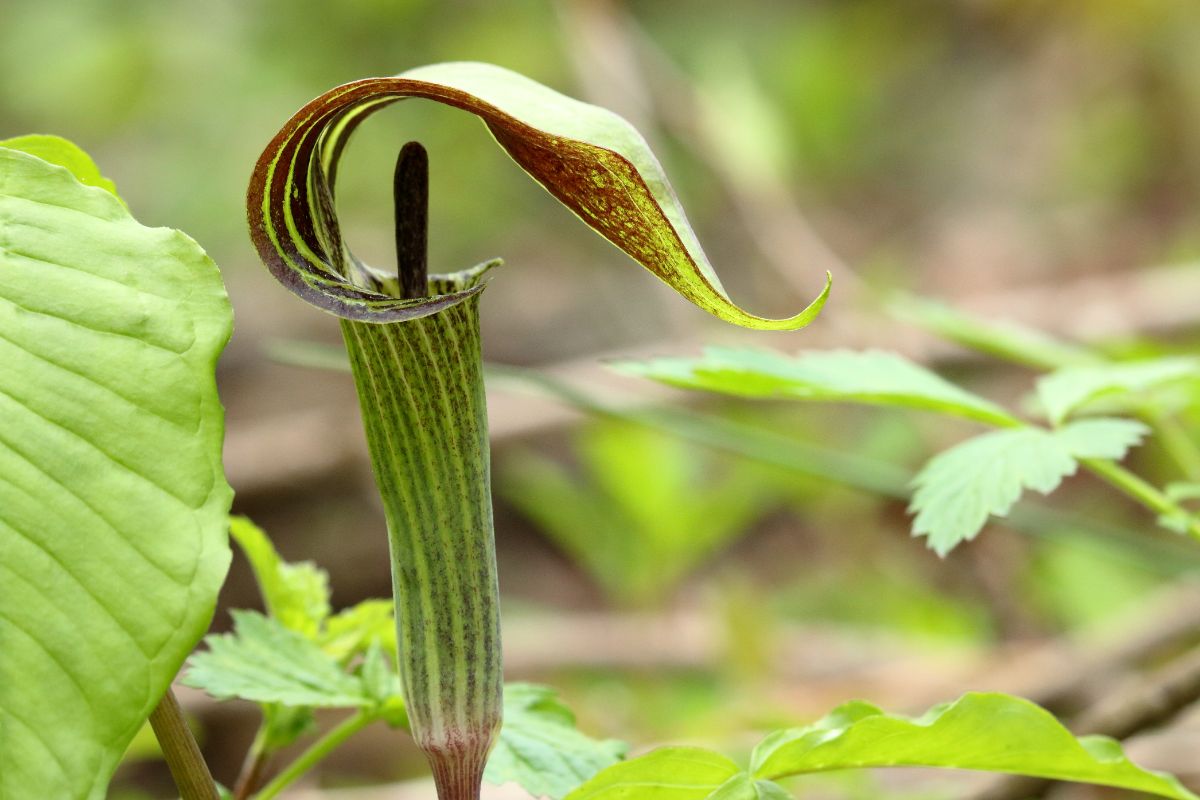
Are you on the hunt for a truly unique plant? Look no further than the Jack-in-the-pulpit! This fascinating plant is sure to capture your attention with its chalice-shaped form, resembling that of carnivorous pitcher plants. However, don’t be fooled – this little guy is not actually carnivorous! Rather, its shape is meant to attract insects for pollination purposes. Jack-in-the-pulpit is a great choice for adding some whimsy to your fairy garden or complementing other native plants like foxglove. Growing 1 to 2 feet tall, this ephemeral blooms from April to June and prefers shady environments with high water requirements. You can find this interesting plant at American Meadows, and it grows best in zones 4 to 9. Looking for another unique plant to add to your collection? Check out the Dogtooth Violet (Erythronium dens-canis)!
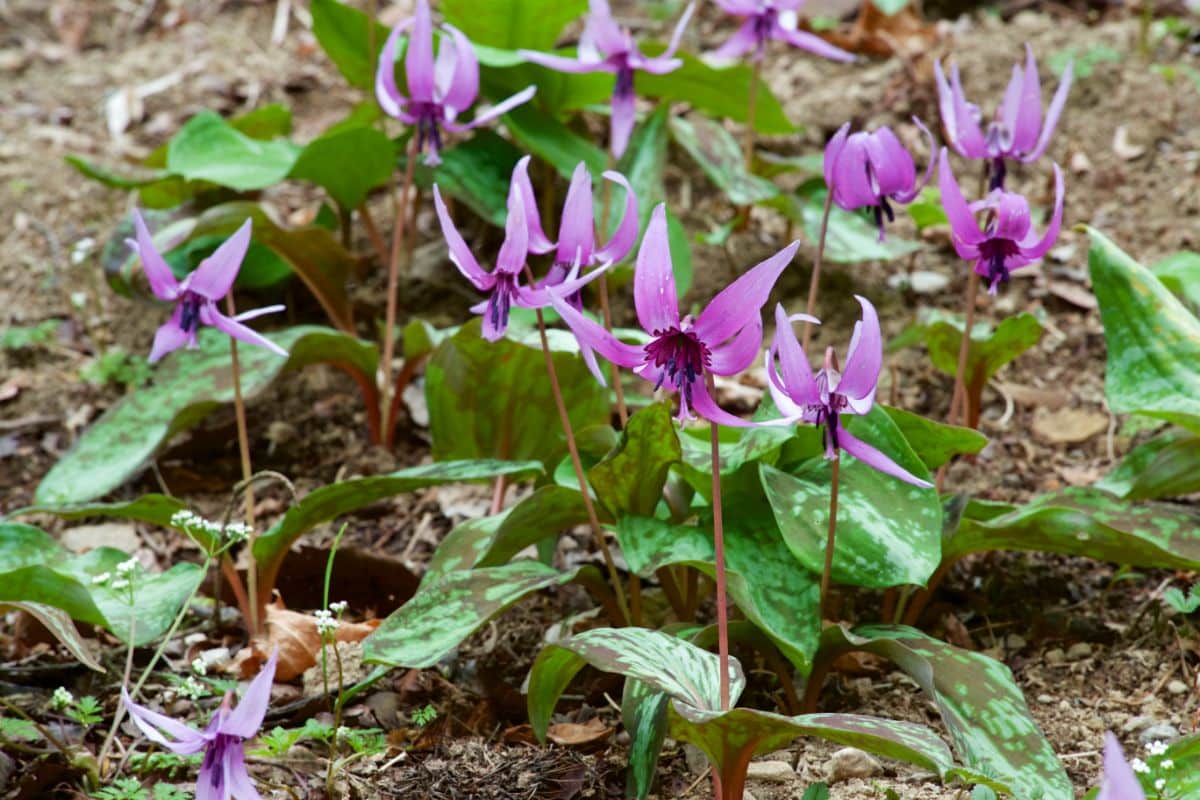
Here’s a unique version of the given content:
Meet the dogtooth violet – an ephemeral plant that earned its name from its unusual roots. This violet is unlike the common ones you know as it comes with vibrant purple flowers that open during the day and close at night, making it a fascinating addition to any garden. It grows best in partial shade and requires high amounts of water to thrive. Even during its dormant period, make sure to water it sufficiently to prevent drying out. However, be careful not to overwater, as it can lead to root rot. You can purchase this plant from Breck’s, and it grows well in zones 3 to 8.
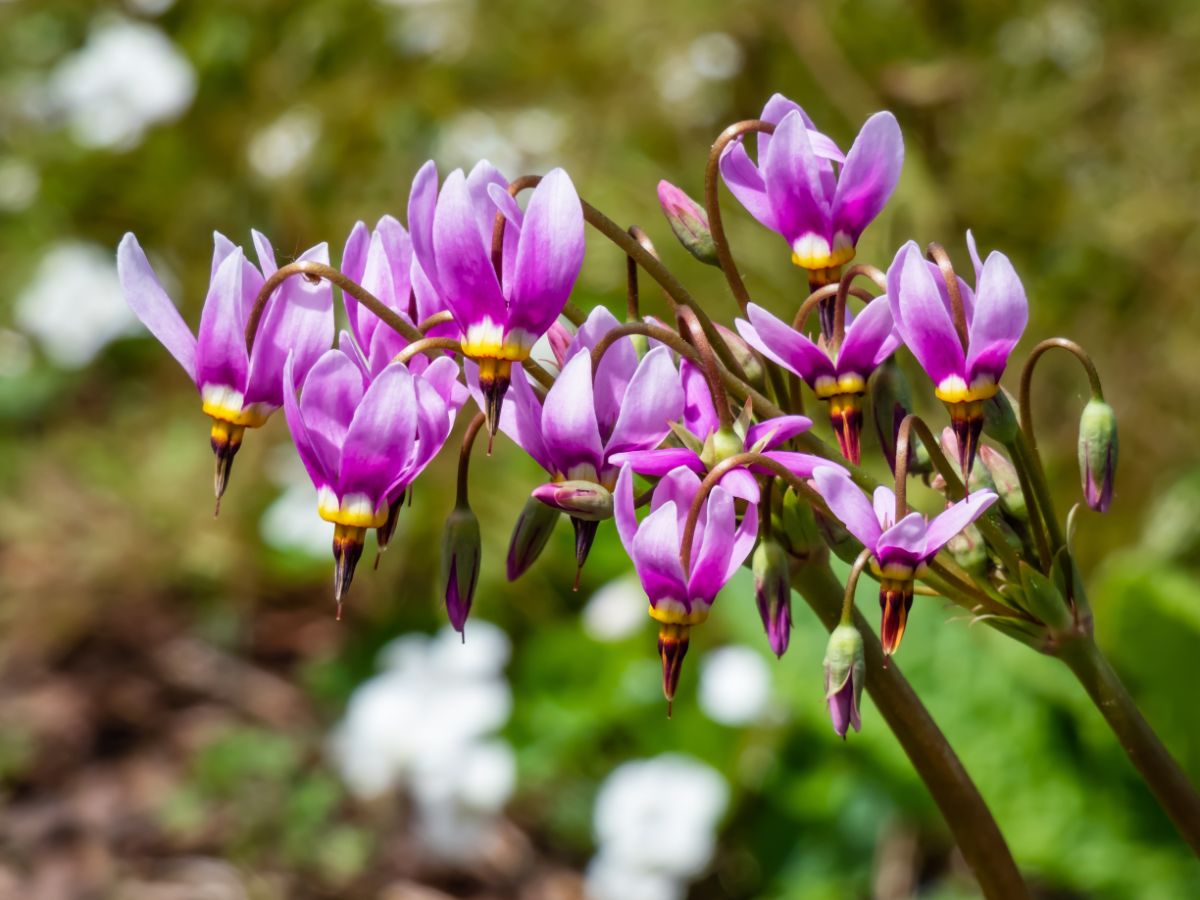
Shooting stars are beautiful flowers that don’t last very long but have the ability to self-seed and continue growing. They prefer to grow in part shade and require moderate watering. These plants thrive in zones 4 to 8 and can be purchased at American Meadows. Shooting stars get their name from their star-like, pale purple flowers which are delicately crafted and give garden beds a sophisticated look. Although they are short-lived perennials, they may need to be replanted every few years. However, this is not always necessary as they often self-sow. During the growing season, shooting stars require plenty of water, but during their dormancy period, the soil should be kept dry. Adding compost annually to your garden beds will provide the nutrients needed for better growth. Another plant to consider for your garden is the spring beauty (Claytonia virginica).
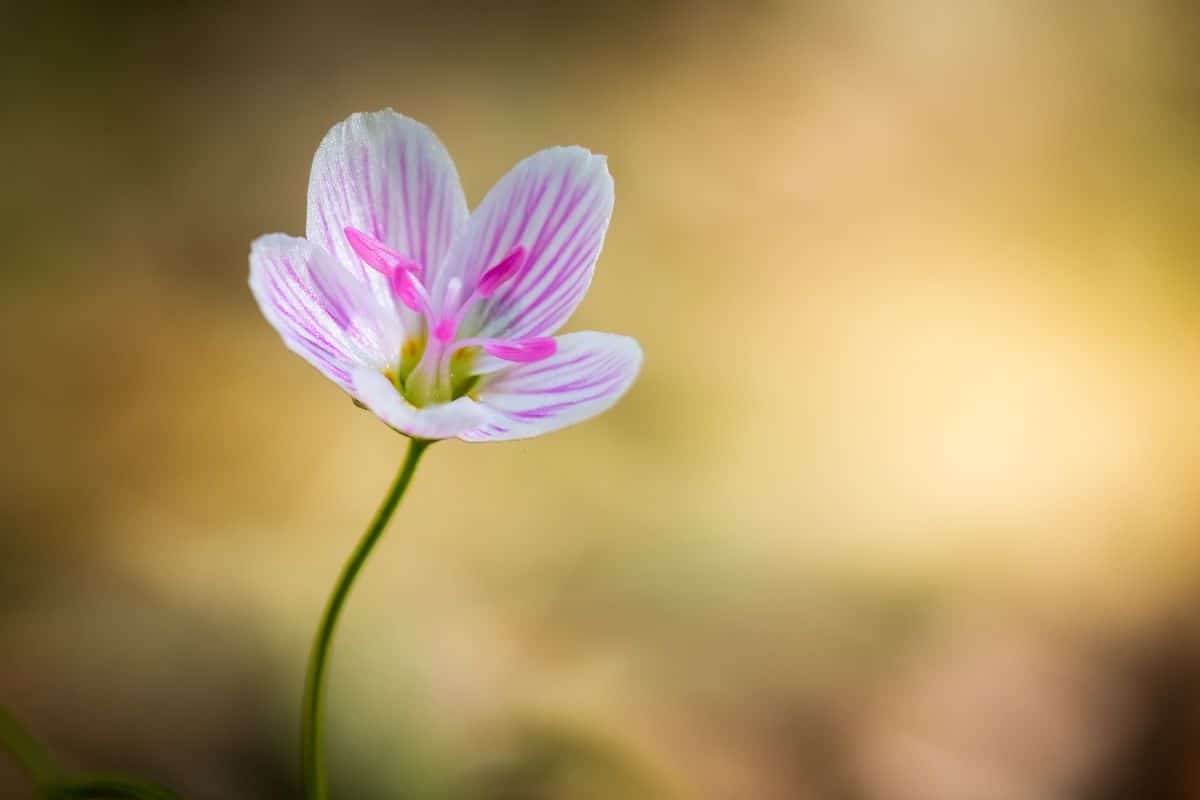
If you’re looking for a more understated addition to your garden, consider the Spring beauty plant. This delicate flower thrives in part shade with moderate to low water requirements and is typically grown in zones 5 to 9. Unlike showier flowers such as lupines or hyacinths, Spring beauty plants grow to a maximum height of 2 to 16 inches and feature grass-like leaves with small, rounded blooms that resemble strawberries.
You can purchase Spring beauty bulbs from Native Wildflowers Nursery and should plant them in autumn to ensure they have enough time to establish before the growing season. Plant bulbs about 3 inches deep and apply compost annually to keep your Spring beauties healthy and thriving. Another option to add to your garden collection is the Dutchman’s breeches, also known as Dicentra cucullaria.
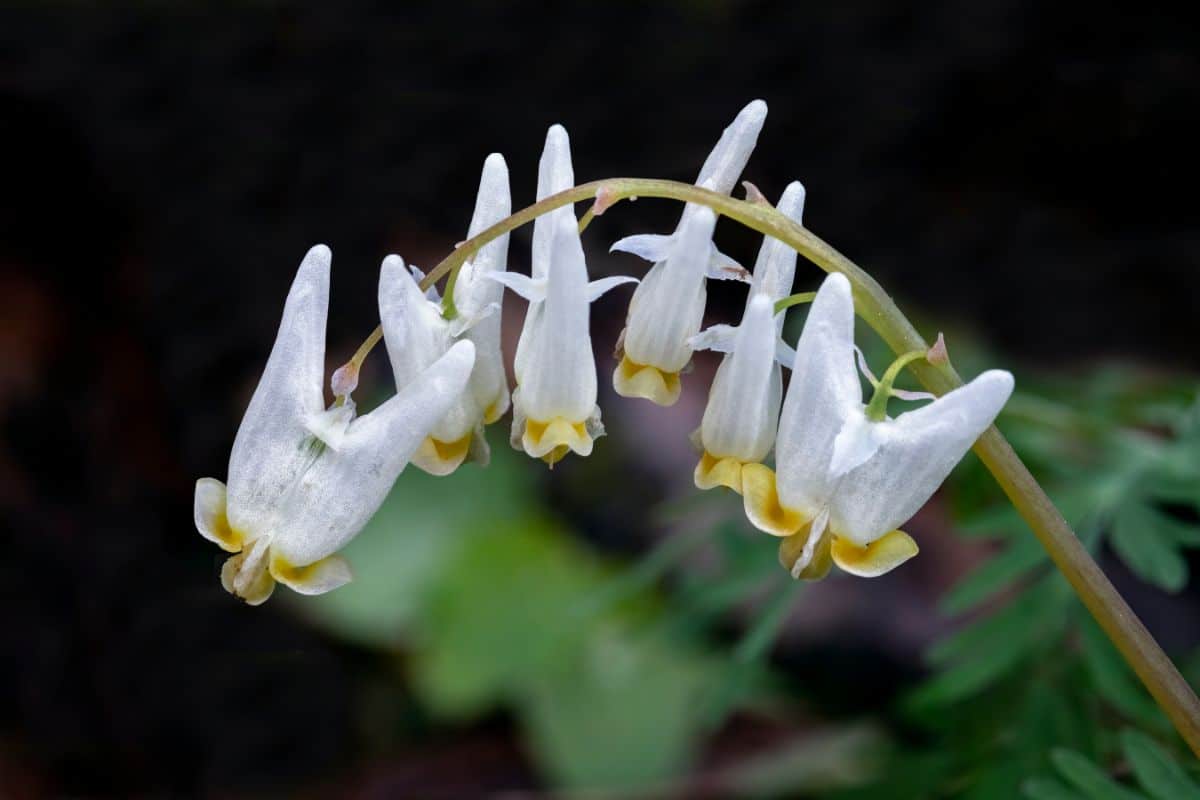
To avoid plagiarism, I have rephrased the original content:
Dutchman’s breeches belong to the same family as bleeding hearts. They prefer shady areas and moderate watering, and can grow in zones 3 to 7. You can purchase them from American Meadows. These plants have white flowers that bloom on long, arching stems. Although the flowers are not heart-shaped, they resemble bleeding hearts. Dutchman’s breeches also have delicate, lacy leaves that add a fragile touch to garden designs. Once established, they require minimal maintenance and should return every year without much trouble. Ensure not to overwater them as they do not thrive in wet soil.
Another fascinating plant is Bitterroot, scientifically known as Lewisia rediviva.
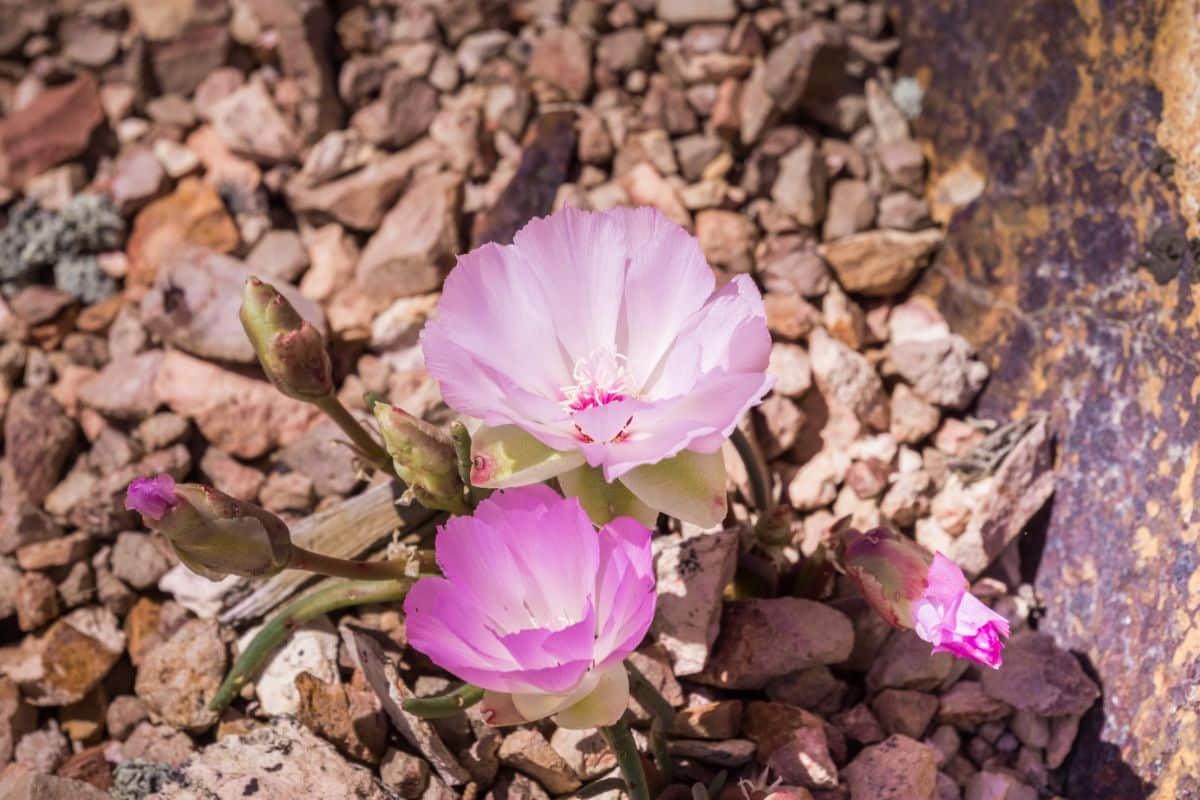
Bitterroot, a plant native to the western part of the United States, has a remarkable feature that allows it to withstand drought – its long taproot. This low-growing plant produces lovely pink or white blooms, and prefers partial shade with low water requirements. It grows best in zones 4 to 8, and can be purchased from Strictly Medicinal Seeds. Despite its bitter root, bitterroot was once a vital food source for Native Americans and was often paired with cooked grouse. For gardeners, bitterroot thrives in soil that is well-draining and even rocky. If you’re looking to add some resilience to your garden, consider planting bitterroot along with other spring ephemerals.
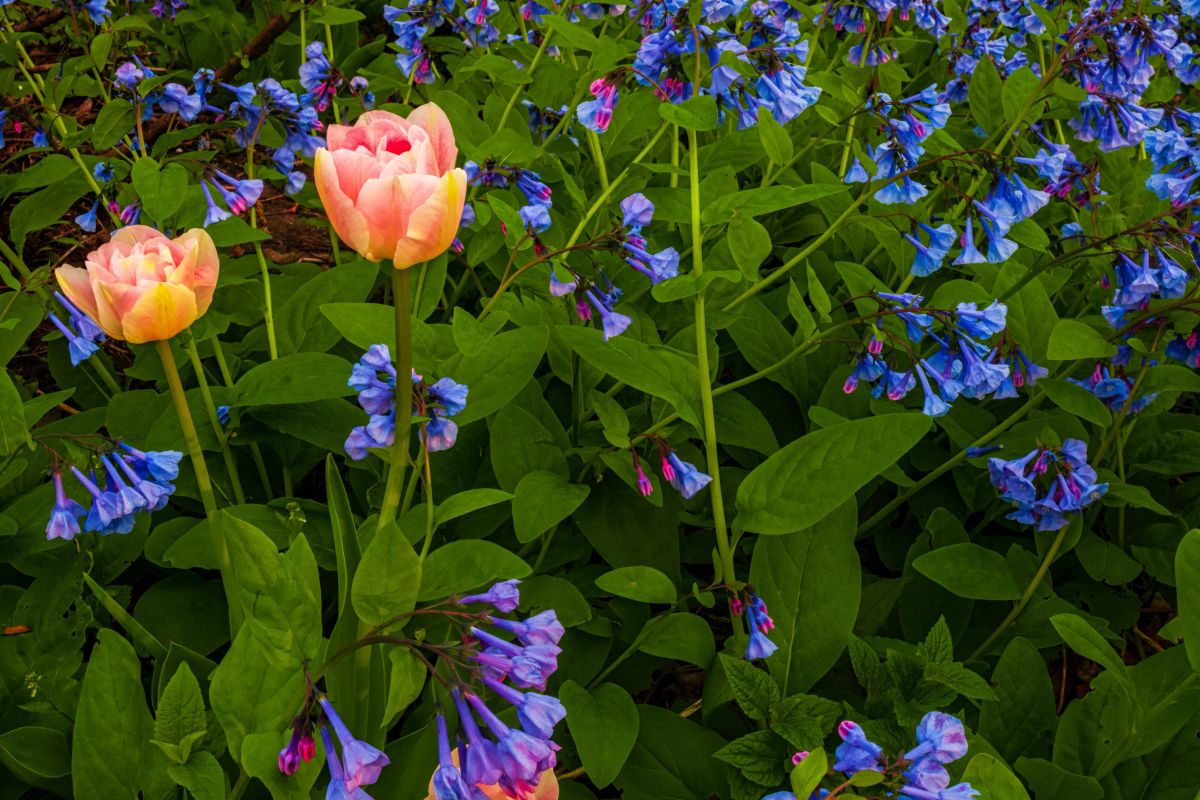
Autumn is the ideal season for planting spring ephemerals, although early spring is also a viable option. You can choose between fall and spring sowing, but planting in fall provides more time for your plants to establish a robust root system before the upcoming growing season. Alternatively, you can sow in early spring as soon as the soil is workable, but if you sow too late, these plants may not bloom in their first year.
Different types of spring ephemerals have distinct growing needs, so it’s essential to research the specific plant you want to grow. Since many of these plants are native to woodlands, they typically thrive best in rich, moist soil and in partial shade. While some ephemerals can grow in full sun, it’s best to avoid sowing them on the northern side of your property as excessive shade can inhibit their growth.
Once the temperature starts to rise in spring, ephemerals will wilt above ground, but their roots will continue to grow. While these plants will return year after year, planting them with other late-blooming plants or foliage specimens is advisable to maintain color in your garden beds after the ephemerals fade. Ferns, wild ginger, phlox, and bleeding hearts are excellent companion plants for ephemerals as they are easy to grow and can fill in your garden beds later in the season.
In conclusion, being mindful of your gardening practices ensures that you make informed decisions about your plants’ welfare and sustainability.
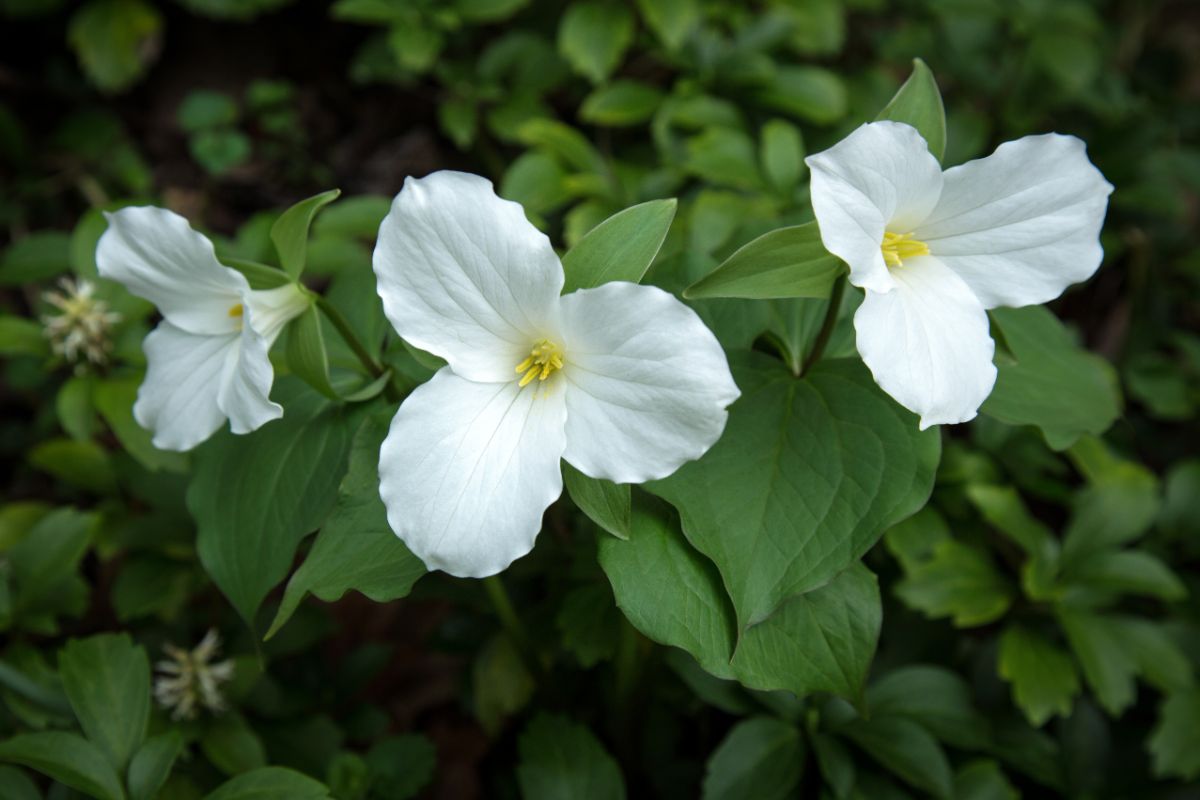
To prevent overharvesting of wild plants, it is important to buy ephemerals from conscientious growers. When dealing with native plants, purchasing from reliable growers who cultivate their own stock and avoid harvesting directly from nature is crucial. This is because irresponsible harvesting can cause damage to ecosystems and even endanger sensitive species. Spring ephemerals like trilliums take years to establish themselves in forests, and entire colonies can be wiped out by reckless harvesting. One can easily purchase native ephemerals online or from plant nurseries that specialize in native perennials. Researching different suppliers can help find additional growers.
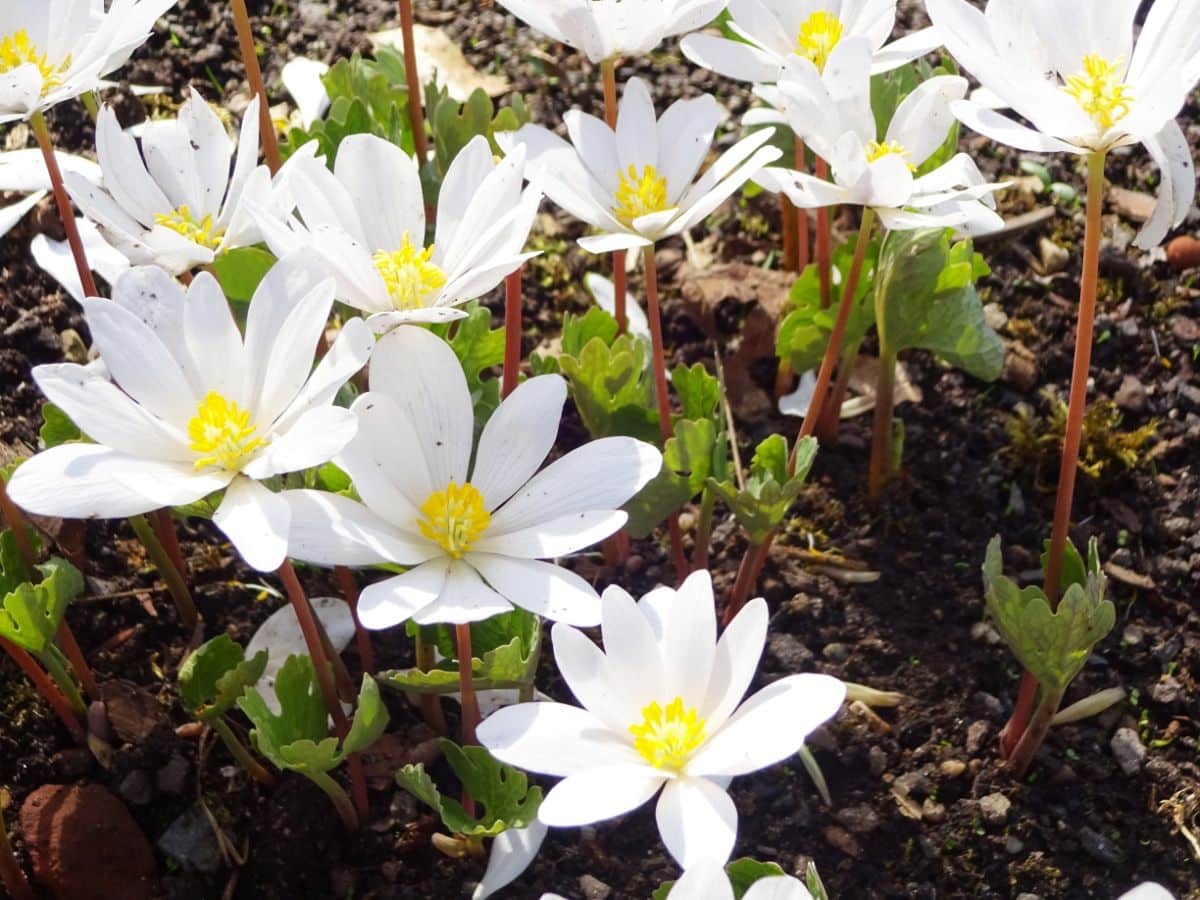
The emergence of spring ephemerals brings renewed hope and vitality to gardens. After the bleakness of winter, gardeners eagerly await the arrival of spring and the opportunity to tend to their gardens once again. The appearance of the first robin or the blooming of crocuses is enough to inspire excitement, but cultivating native ephemerals can add even more anticipation to the season.
Although they may lack the boldness of tulips or the vivid colors of hyacinths, ephemerals offer a unique charm to garden beds. These delicate plants are particularly popular among pollinators, and their adaptability to local growing conditions makes them a great choice for any garden. Plus, they are simply darling plants that are sure to delight any gardener!
Since ephemerals have a short lifespan, they encourage us to enjoy the beauty of nature in all its springtime glory. Once they fade away, fall-planted bulbs begin to emerge, marking the arrival of spring. All in all, the presence of spring ephemerals is a true sign of the season’s renewal and a reminder of the joy that comes with tending to a garden.





